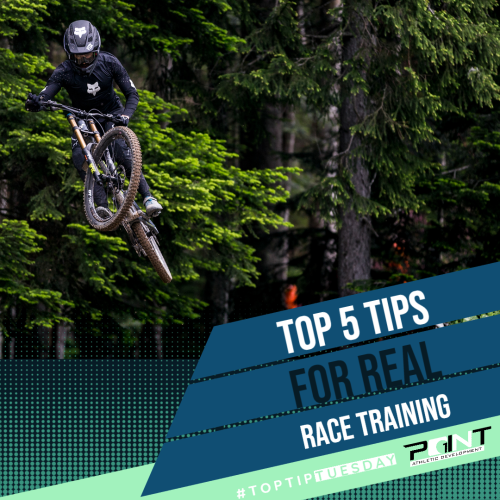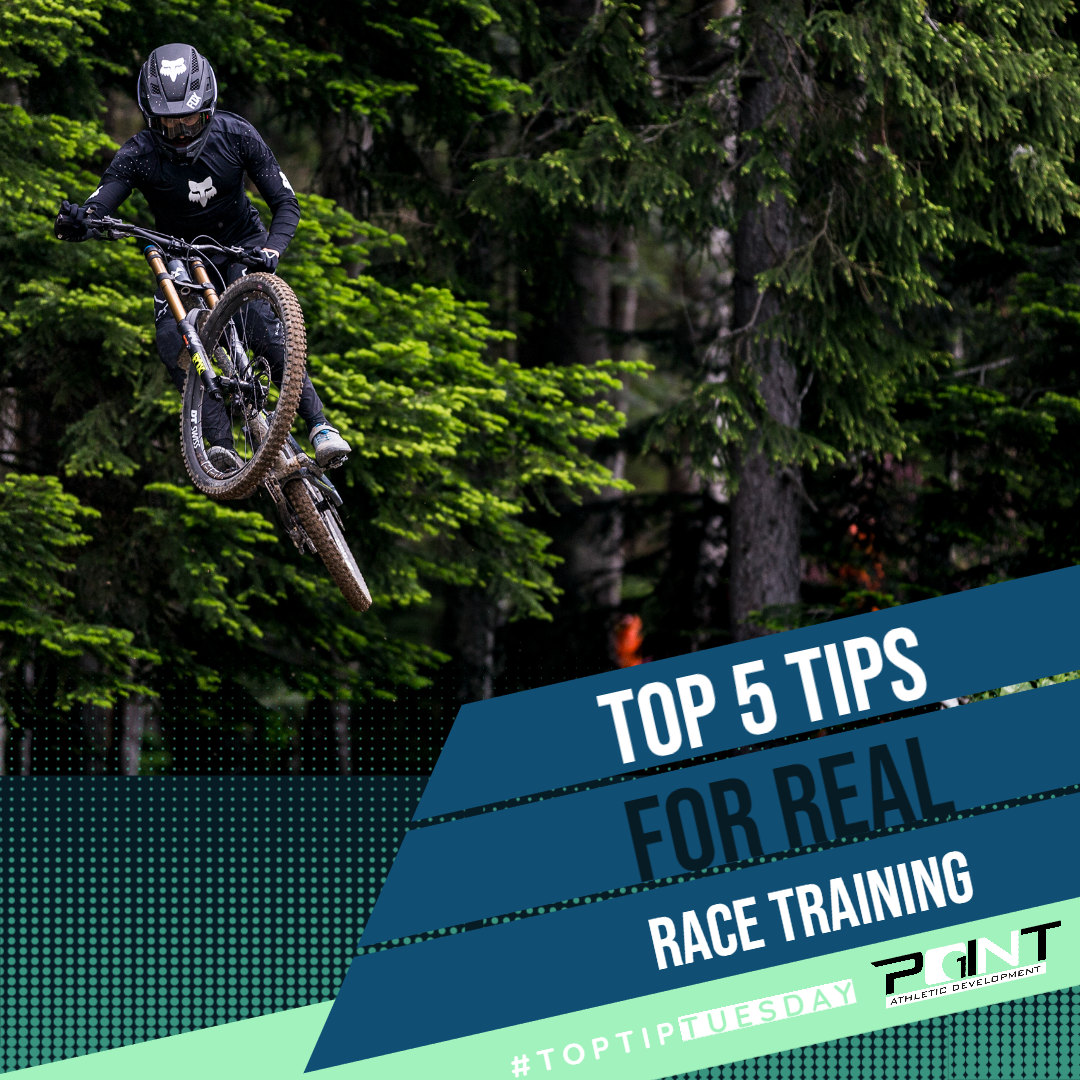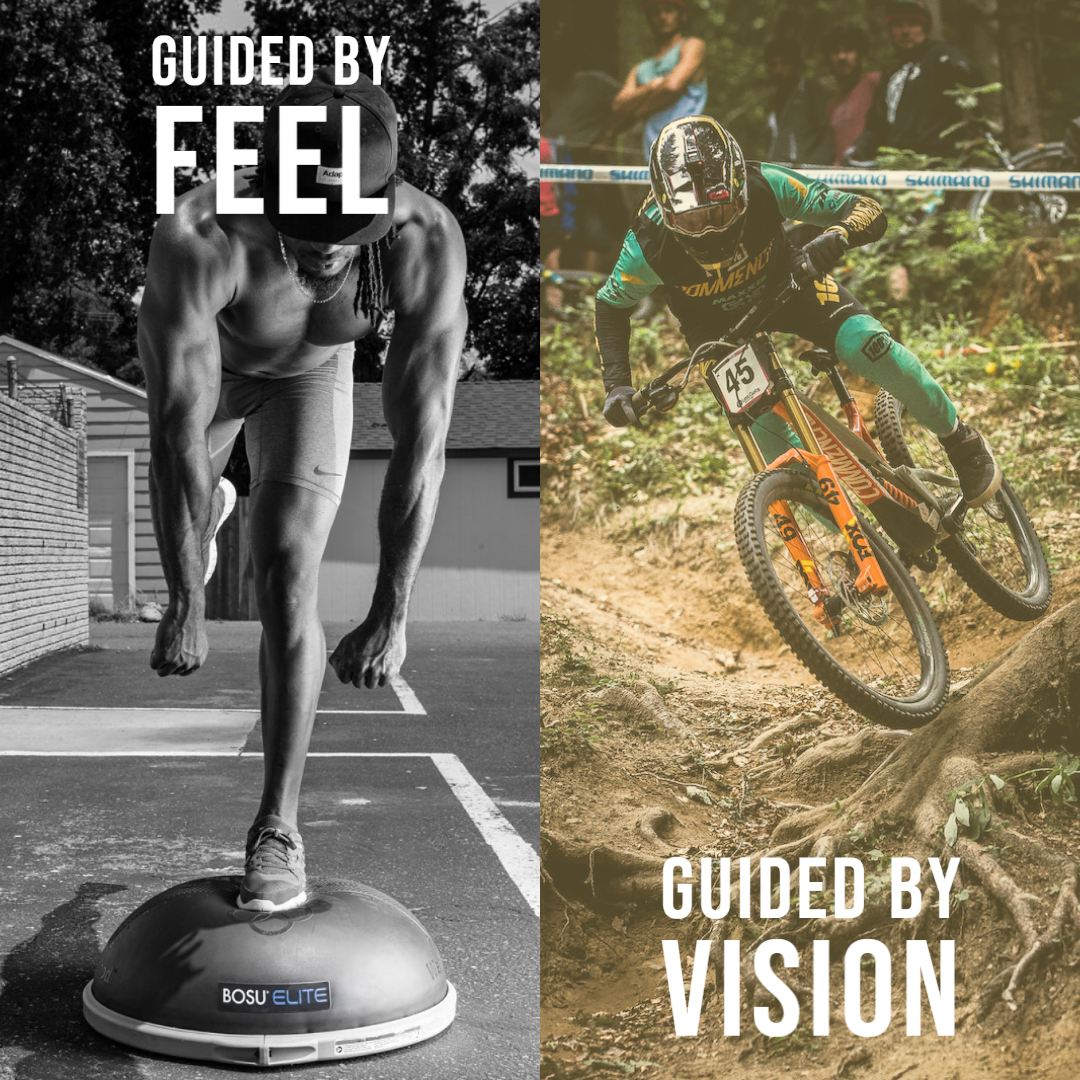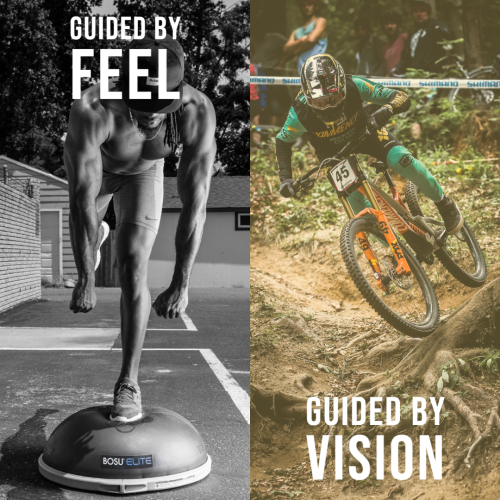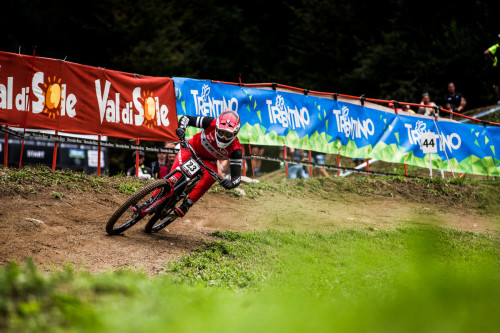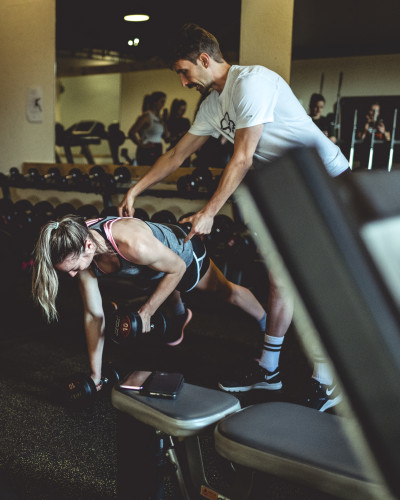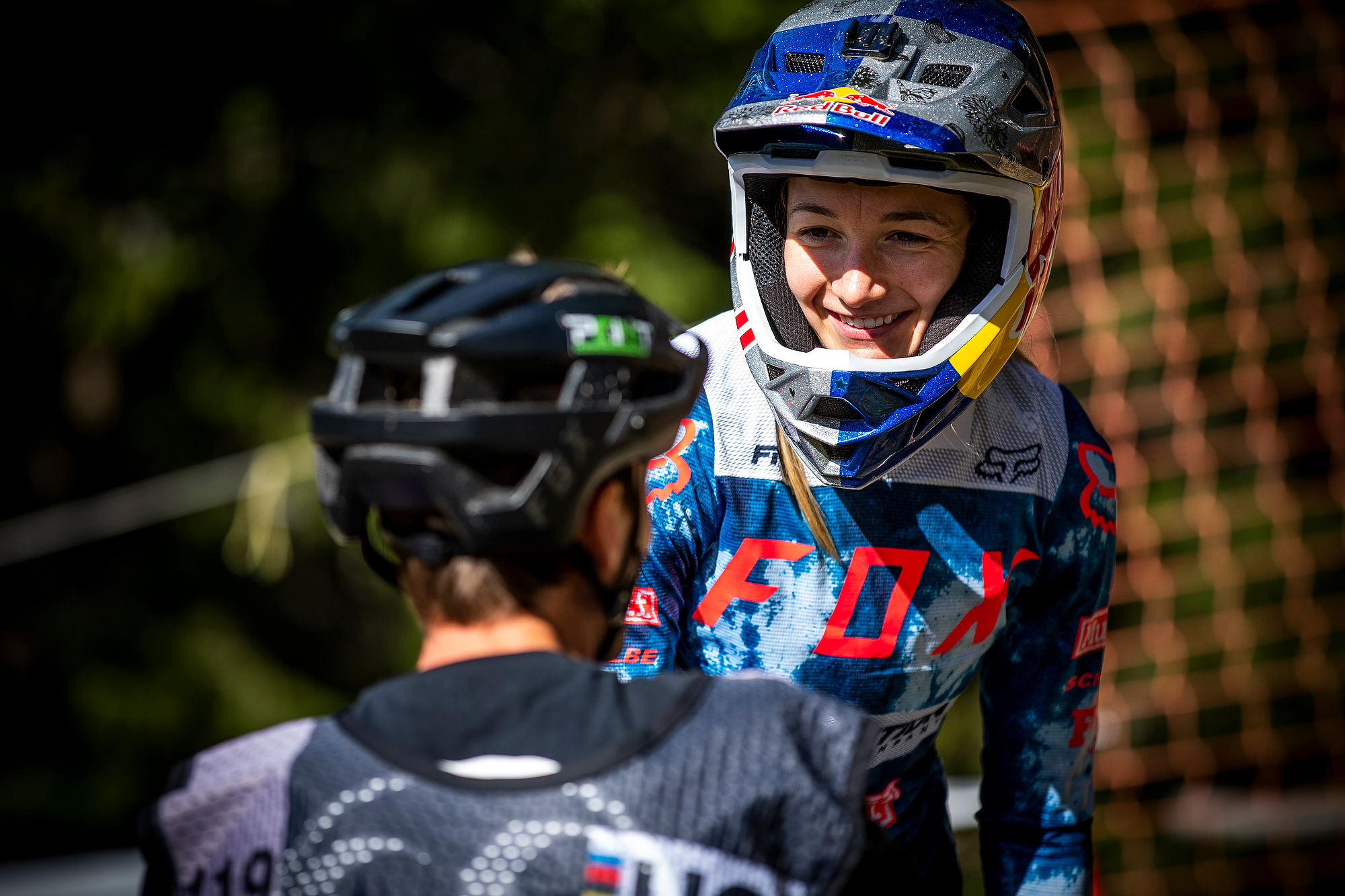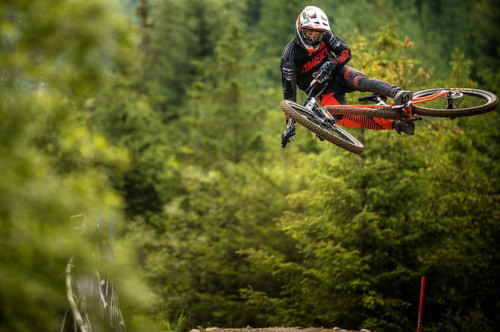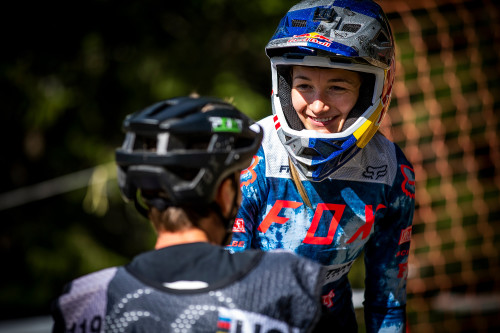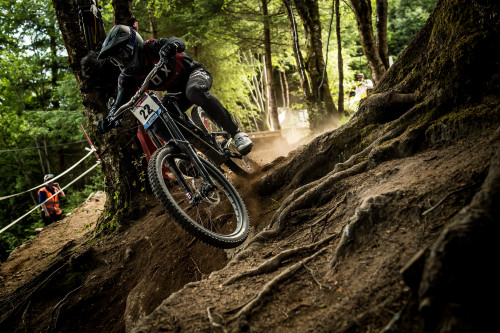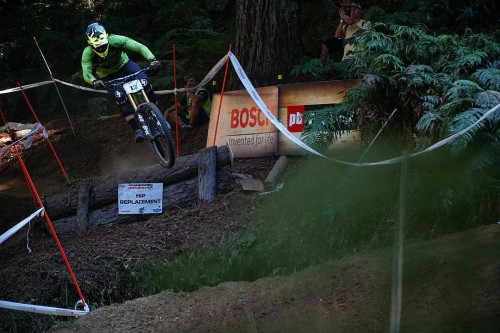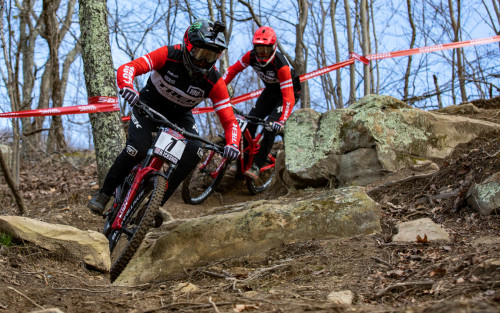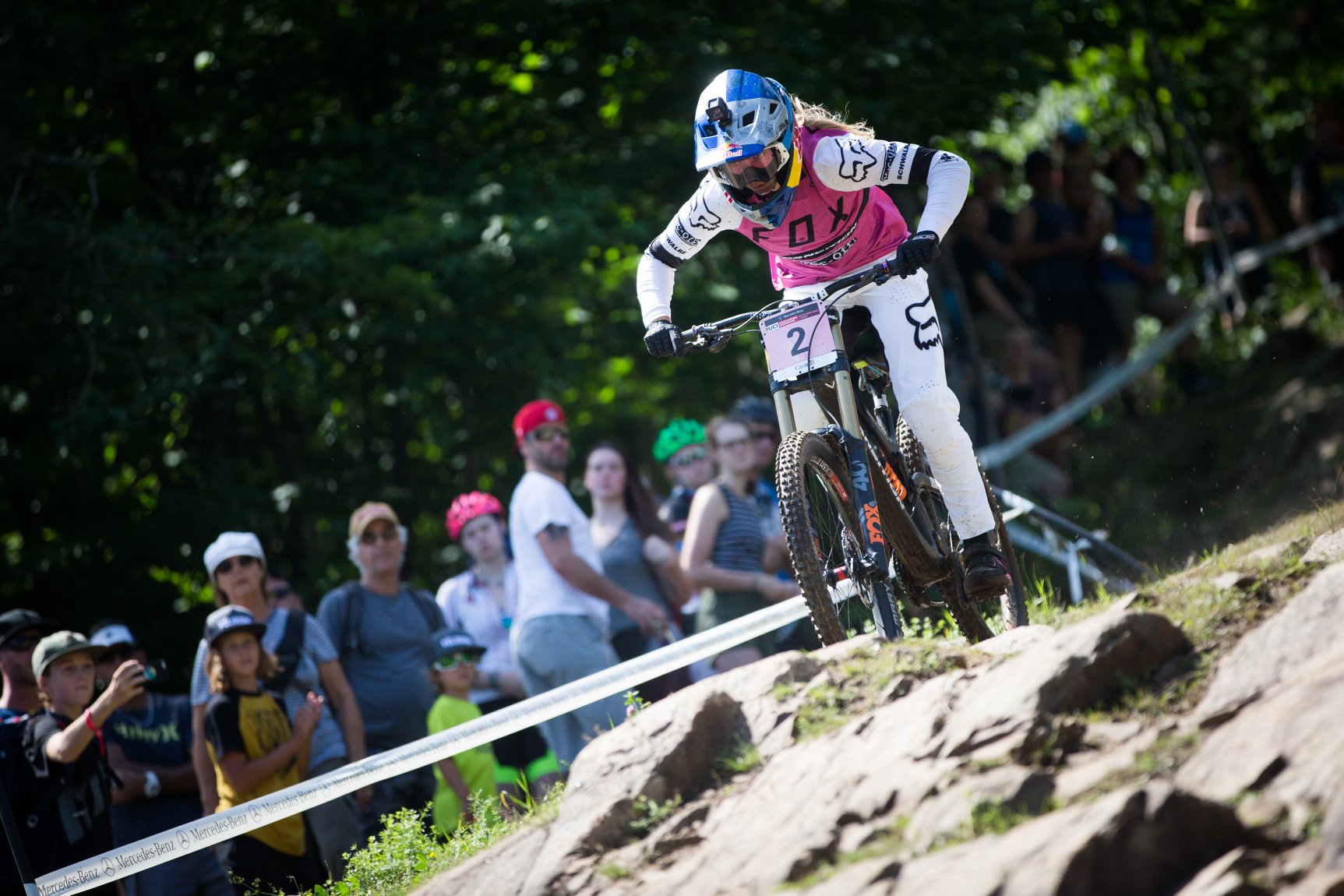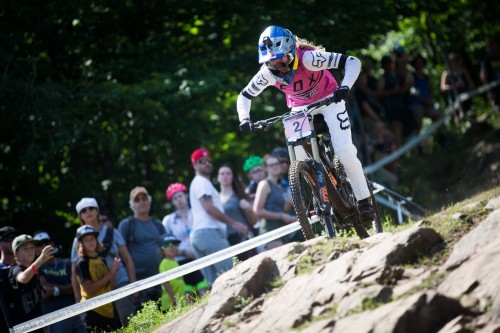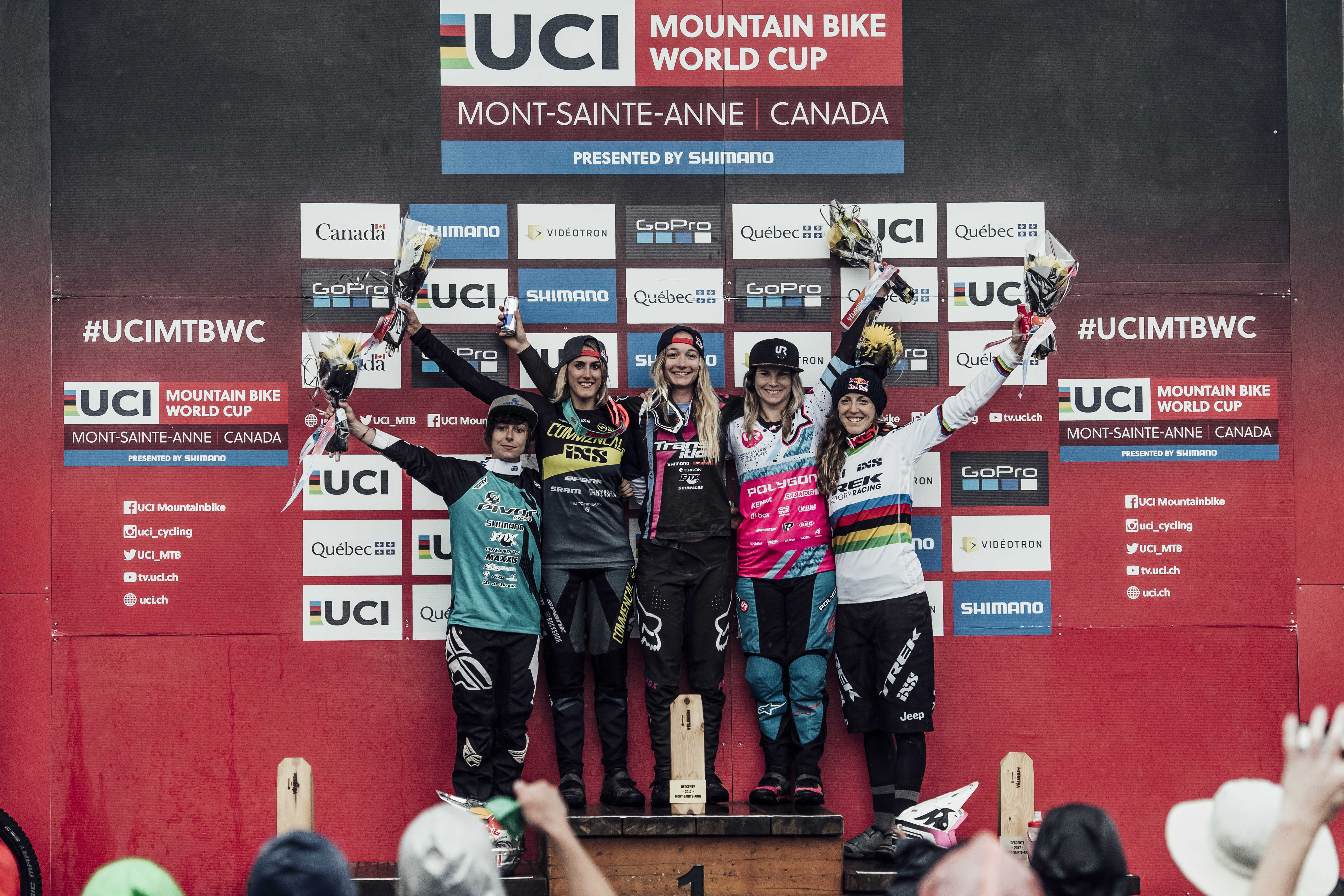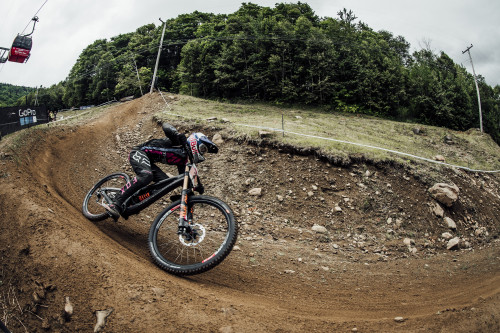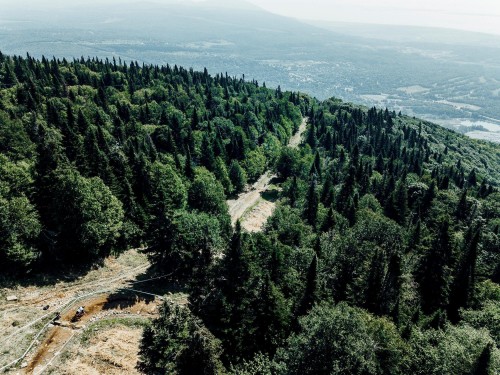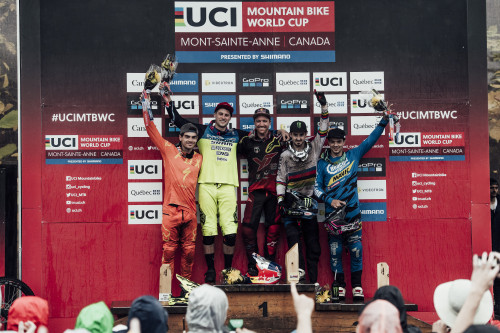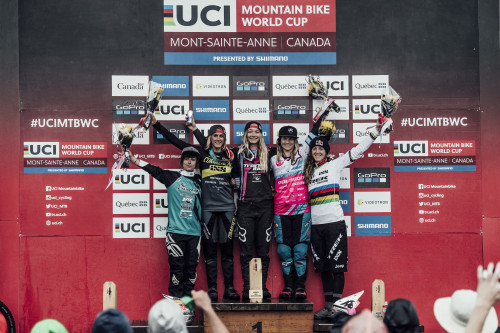Making the most of Time on the Race Bike – Real Race Training
Training I say? Squats you think? The tide is again turning slowly, but it seems for many involved in racing bicycles, at any level or discipline, when we speak about training, most people’s minds think about the “physical”. Intervals, sprints, strength training, “Vo2” and “cardio”. The specific race training, that “big bang for your buck” on your bike training comes a poor second best. In reality working on areas of weakness and specificity; aiming to arrive in any start-gate truly ready to attack any race course should make up not the majority but none the less a well organised portion of your training time. Especially if race progression is your goal. Here are some top-tips you can apply to your real deal on the bike training as all to often if you search our training advice all you’ll find is FTP, zones, barbells and box jumps.
1 – Set a Goal: just like going to the gym to work on maximal strength where you will try to lift the heaviest weight possible for four sets of three repetitions, having a goal for your on the bike training is critical. It sets the tone for the whole session and allows you to organise the details. This can be anything from braking points or visualisation pre-run, to bigger picture work like managing intensity over full runs or hitting top gear after only limited practice run/s. A goal should be individual to your needs but it must be defined both for the session planned and placed within the picture of your overall plan. Short range goals in the context of big product goals. More here from the Harvard Business Review.
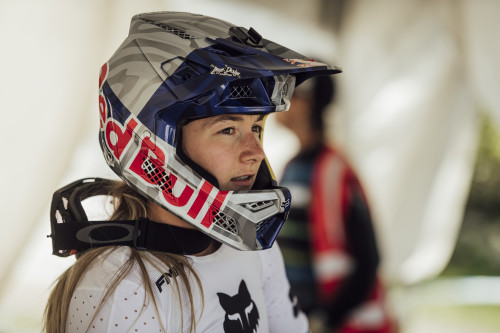
2 – Define Your Process: A goal is only achievable with a process to get there – take that first example of working on ‘braking points’. Without a process that goal stays pretty abstract. Aim to define what features that require braking you are truly struggling with, define if you need to brake more, harder, less or more consistently. Define two to three spots on a track where the consequences of good/bad braking points will be evident. Try different braking strategies and then try to time a section that allows you to learn from different braking approaches. Consequences & knowledge of results are a must. We deployed many of these ideas with Thomas Estaque & Hugo Frixtalon HERE
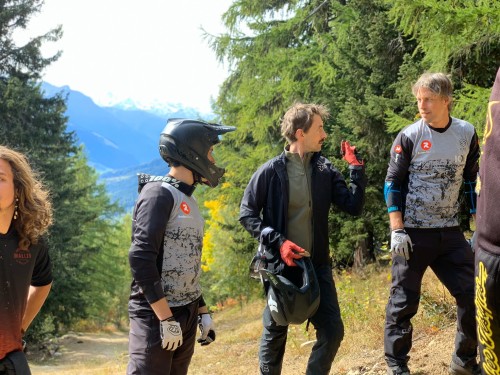
3 – Focus: staying focused on the task at hand and your goals is a challenge as riding bikes is FUN! This however is also a key area that many riders, even the best, struggle with at the races. Staying focused on the job of building a race run. You can try many things to improve focus during training. Key words – like “focus on” and then imagine yourself hitting a light switch. OR try riding a fun track between your focused race training runs. Nutrition can help too – planned lunch time, high carbohydrate snacks between runs and stimulants like caffeine could help.
4- Own your Mistakes: The best race training is training that is challenging enough that you make errors often. Mistakes are normal and are a great opportunity to learn. Instead of getting angry or upset about an error, own up to it, learn from it and take the opportunity it provides to grow. A mistake, from being a little off line to a huge crash is the outcome of many choices. So dissect and investigate where the mistake came from, see if you can change it short or long term and then move on. Move on happy in the knowledge that you’ve learned and grown as a racer because of it.
5 – Rest & Reflect: Rest between runs, especially timed or full runs can be an area often overlooked. Riders want maximum bike time, fun time or feel more is better, when in reality, better is better! Learning (whether emotional or motor skills) requires time for adaptation to occur. Short term and long term. Acute fatigue can be beneficial at times to help teach a rider how to adapt movement and technique for a tired body, but often the best training happens with a minimal level of freshness and readiness. Likewise this rest time between runs allows the rider time to reflect on lessons learned and experiences gained in the session. Resting for minutes, not seconds between runs can allow you to adjust your goal and processes and make sure you are doing what’s needed to meet the goal set out at the start of the session as well as mitigate the risk of injury.
